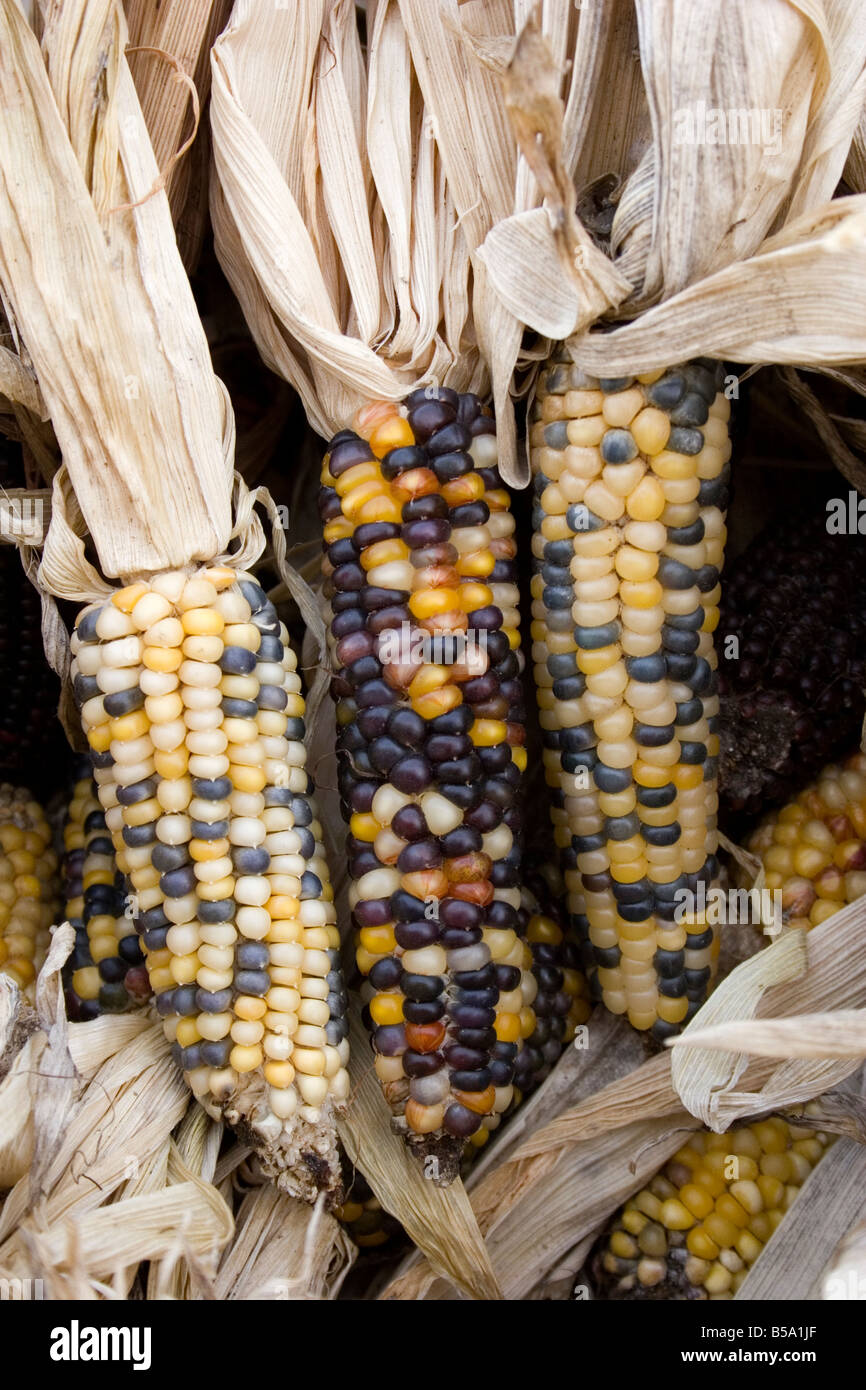


Prepare The Soil:įirst, prepare the soil where you will grow Indian corns by roto-tilling or by turning the soil into 6-12 inches deep. Step by step guide to making Indian corn has been explained below. Or else, after chucking out the corn seeds out of the cob, you can grind them and make masa.įrom the masa, you can prepare a variety of dishes such as grits, masa cakes, polenta, tortillas, tamales, porridges, or anything that you would make using freshly ground Indian masa corn.Īnd last but not least, you can always choose to eat Indian corn as cornmeal.
#INDIAN CORN HOW TO#
How To Eat Indian Corn?īasically, you can eat Indian corn as popcorn, flour, or cornmeal.įirst, you can pop out the corn seeds from the cob and then process them to make popcorn out of the corn seeds. People have acknowledged the name Indian corn because each kernel of these Indian corns owns a tough outer layer to safeguard the delicate endosperm which is somewhat as hard as flint, thence, they are named Indian corn. Why Is It Called Indian Corn?Īs stated by folklore, these colorful corn ears are called Indian corns because they were christened after the indigenous civilization of North America.Īnd people had been growing these Indian corns ever since Christopher Columbus acquainted them with the Europeans in the 15 th century.īut in recent times, there’s another definition regarding why it’s called Indian corn. Also, you will get beneficial vitamins, minerals as well.īut remember that, Indian corn certainly is safe for human beings but it might not be so suitable for feeding pets, especially keep your dogs away from feeding Indian corns. Instead, it will be a good source of carbs and low fat and protein, if you are a health-conscious person. You can eat Indian corn any way you want and it’s guaranteed that they will not hamper your health. The appearance, texture, and taste of Indian corn can many anyone assume these corns as toxic but in reality, Indian corn is as safe to eat as any other variety of corn. Indian corn is absolutely not toxic to eat, it’s rather very safe to consume as food so it has already been considered edible. So naturally, it’s healthy food to consume and good to add to a daily diet. However, know that the earthy flavors and starchy texture don’t make Indian corns less delicious, they rather get an exotic taste.Īnd in terms of nutrition, Indian corn is enriched with fiber, carbs, vitamins, and minerals, and low fat and protein. So, it’s seen that many people don’t prefer such a starchy texture and earthy flavorful corn, thence, Indian corn is eaten as flour, popcorn, and cornmeal so that the flavor becomes milder. Indian corn doesn’t taste sweet as sweet corn, it rather has a mild starchy texture.Īnd when you will eat Indian corn, somewhat you will taste a richer and earthier taste which is quite a different taste from other varieties. Generally speaking, Indian corn definitely is as edible as sweet corn or other varieties but it doesn’t taste so good to eat as sweet corn or other corn varieties. However, keep one thing in mind that like the sweet corns that are eaten in daily life, Indian corns are not sweet at all, also, Indian corns have a starchy texture. Therefore, it makes clear that Indian corns are eaten as both cornmeal, popcorn, and flour. Except for being consumed as corn, the whole yet pointy kernels of Indian corn are used for making and eating popcorn.Īnd the Indian corn ears with large-sized kernels are utilized for cornmeal production. Indian corns are a very popular ingredient for making flour for eating purposes. This simply indicates, one can eat Indian corn without facing any problem. So along with finding Indian corn everywhere from the garlands to centerpieces, Indian corns are found on dinner plates as well. Indian corns are 100% edible and safe to eat like other varieties of corn even though they are widely known for being used as a decorative item to décor the homes and business places during the harvesting season.


 0 kommentar(er)
0 kommentar(er)
